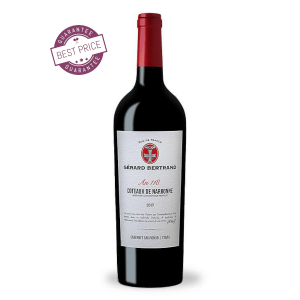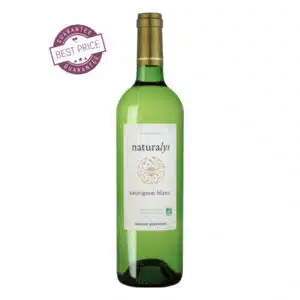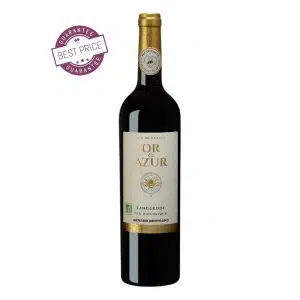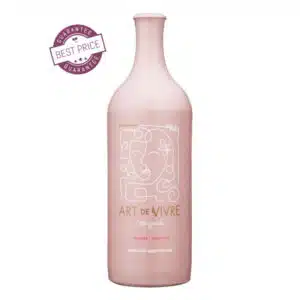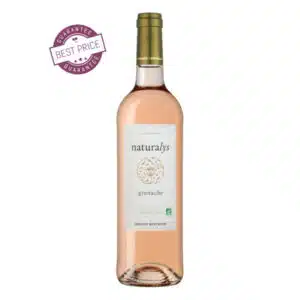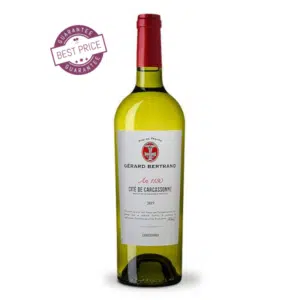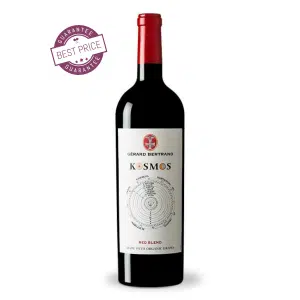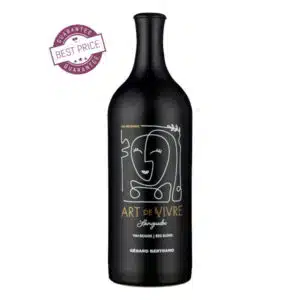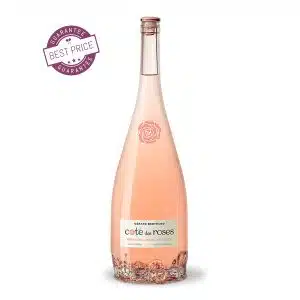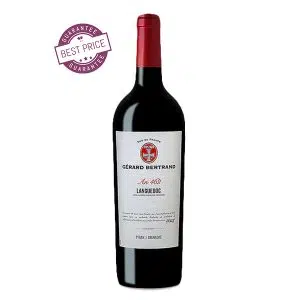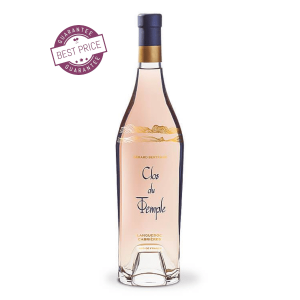Languedoc
Filter & Sort
Price
Showing all 11 resultsSorted by popularity
-
Heritage Coteaux De Narbonne Rouge 2021
KShs2,335 incl. of VAT -
Naturalys Sauvignon Blanc 2023
KShs2,070 incl. of VAT -
Or & Azur Rouge Languedoc 2020
KShs2,905 incl. of VAT -
Art De Vivre Languedoc Rose 2022
KShs3,340 incl. of VAT -
Naturalys Grenache Rose 2023
KShs2,070 incl. of VAT -
Heritage Cite De Carcassone Blanc 2023
KShs2,425 incl. of VAT -
Heritage Kosmos Rouge 2021
KShs4,540 incl. of VAT -
Art De Vivre Languedoc Rouge 2020
KShs3,395 incl. of VAT -
Cote Des Roses Rose 2023 1.5L
KShs5,420 incl. of VAT -
Heritage Languedoc Rouge 2018
KShs2,720 incl. of VAT -
Clos Du Temple Rose 2020
KShs41,355 incl. of VAT

